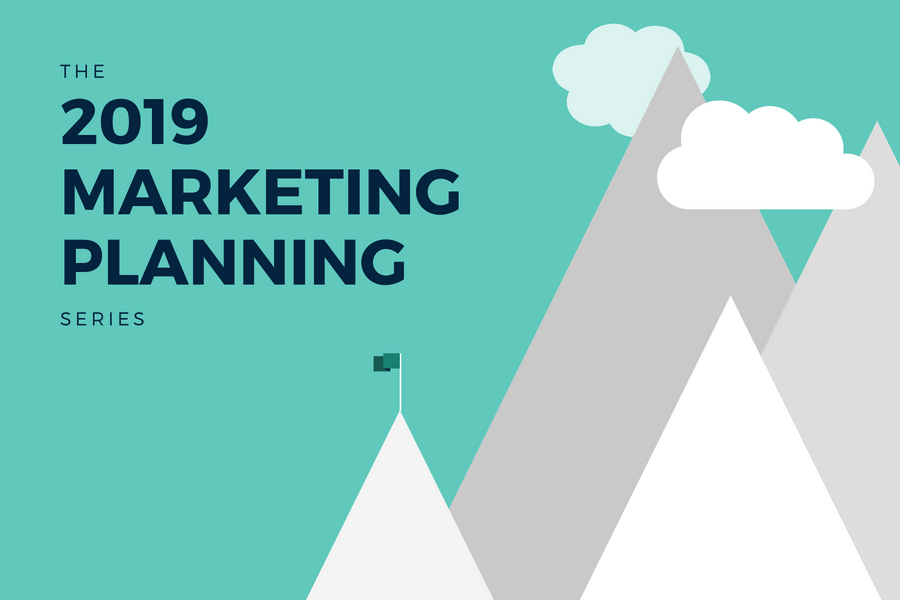

The need for content marketing in education can be summed up in one quote by former Chief Creative Officer of J. Walter Thompson, Craig Davis: “We need to stop interrupting what people are interested in and be what people are interested in.” Simply put, good content marketing is the creation of relevant, valuable and consistent content for a well-defined audience in order to drive profitable customer actions.
There’s no doubt about the importance of content marketing–great content can fuel awareness of your brand, spark an interest in your product or service, generate leads and create a solid sales pipeline. In addition, creating consistently high-quality content will strengthen customer loyalty, which invariably increases your customer’s lifetime value. These results spur the question: What is successful content marketing in 2019? The days of creating content simply to get something out into the universe are over. True success in 2019 will depend on how well you can deliver the right content to the right audience through the right channel, and these tools and trends will help your team do just that.
Trends
Dynamic/personalized content
As we stated in the email marketing portion of our series, personalization is a key trend in 2019. To have successful personalization in your content marketing strategy, you need to utilize dynamic content, which changes based on perceived interests or past behavior of the viewer. To create dynamic content for your email campaigns, website or other channels, you’ll need a few compatible tools:
- Customer Relationship Management (CRM) system: This is your database containing insights on your prospects’ interaction history and their status within the customer journey.
- Marketing automation system: If your CRM is the brains, your marketing automation system is the brawn–it will do the heavy lifting to deliver user-specific content that guides them through the buyer’s journey.
- Website and/or landing page builder: To make dynamic content a reality, you’ll need a website that is easily editable.
Experiment with different types of content
The range of content you can choose to include in your marketing strategy is virtually endless. To determine exactly which pieces of content will work the best, consider what your specific audience will find most valuable and relevant. For example, we’ve had success with blogs, videos, white papers, case studies, infographics and eBooks. Important to note, your social media strategy must also be in line with your content marketing strategy, as each post is a piece of content that presents your organic voice directly to all potential customers.
When it comes to content marketing that works in education, there’s no rule of thumb governing content length. Some marketers recommend less than 500 words, to accommodate short attention spans. Others say that long-form content is an excellent way to engage readers and offer real value. We think that length is a secondary issue–what really matters is that your blog, eBook or video is helpful and relevant to your audience, and can be leveraged across several channels.
To determine your content needs and budget for the coming year, we suggest conducting a content audit. Take a hard look at your marketing goals and assess whether your current content is going to help you reach those goals.
What does this have to do to your budget? If you need a concise video but your team is too busy to create one, you’ll need to factor that into your new marketing budget and timeline.
Tools
Graphic Design Tools
Is your creative team or budget a bit light, especially when it comes to graphic design? There are plenty of visually-focused tools to help you create eye-catching, unique social media images, blog headers and infographics.
We like Canva or Adobe Spark for social media and blog header graphics (the base Canva program is free, with a robust Enterprise program available) and Visme or Piktochart for more sophisticated visual content such as infographics, animations, HTML5 designs and presentations.
SEO Tools
The days of stuffing blogs and long-form pieces with keywords are behind us. Therefore, it’s important to have an SEO tool, such as SEMRush or Yoast (a free tool), to analyze your content, establish the steps you can take to improve its ranking and discover keywords to give you a leg up on the competition.
There’s also a great tool called BuzzSumo, to laser focus the themes of interest to your target audience, show you the top content people are responding to on a particular subject and use as an aid to choose your next top-of-mind topic.
Good content marketing guides prospective customers through the buyer’s journey. Incorporating these tools and trends can spark brand awareness and develop brand evangelists in 2019, and in years to come. To learn all you need to know about creating a marketing budget for 2019, check out our free, comprehensive eBook. For email marketing tips, read the third post in our 2019 planning series on email marketing tools and trends. Stay tuned for part five!
